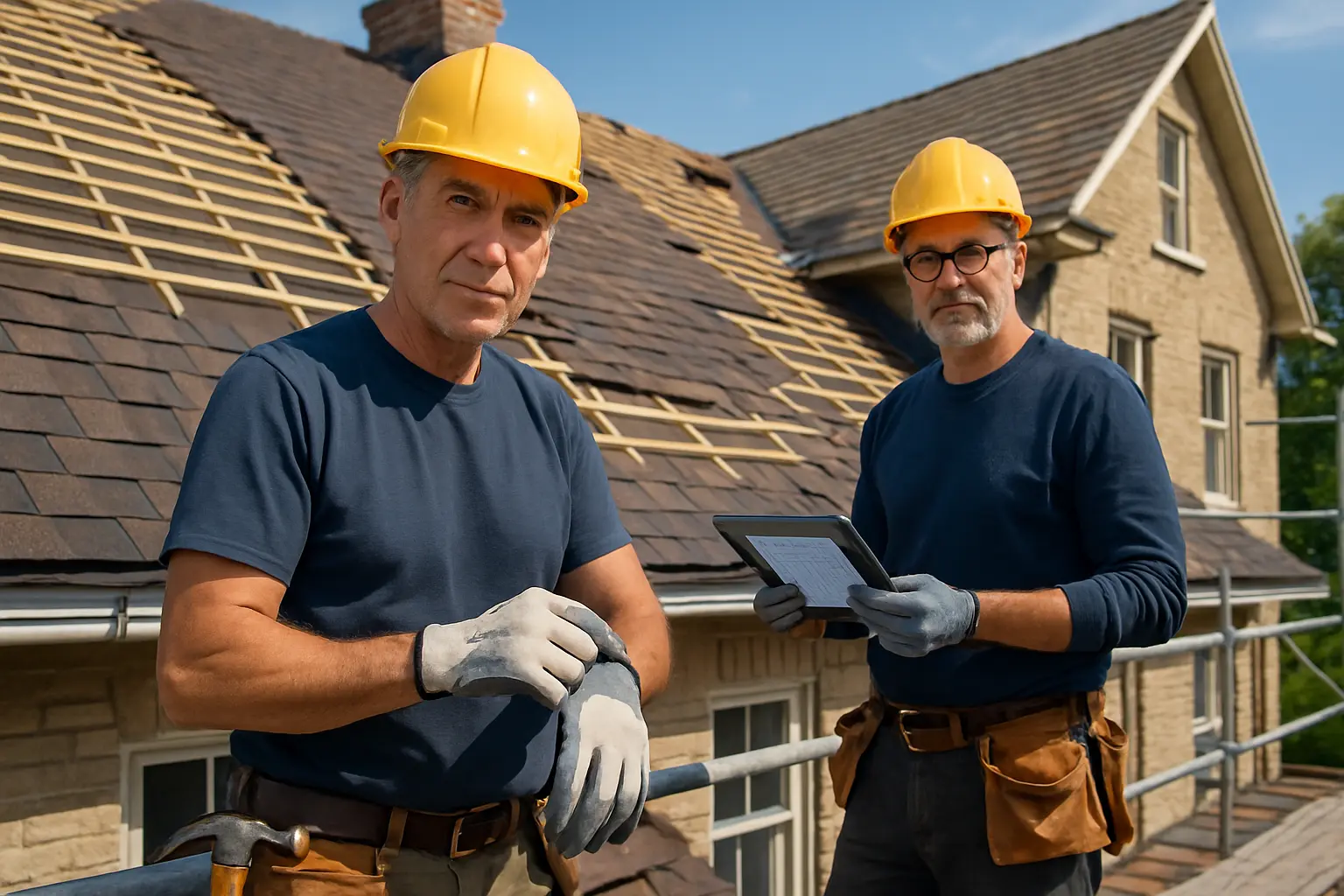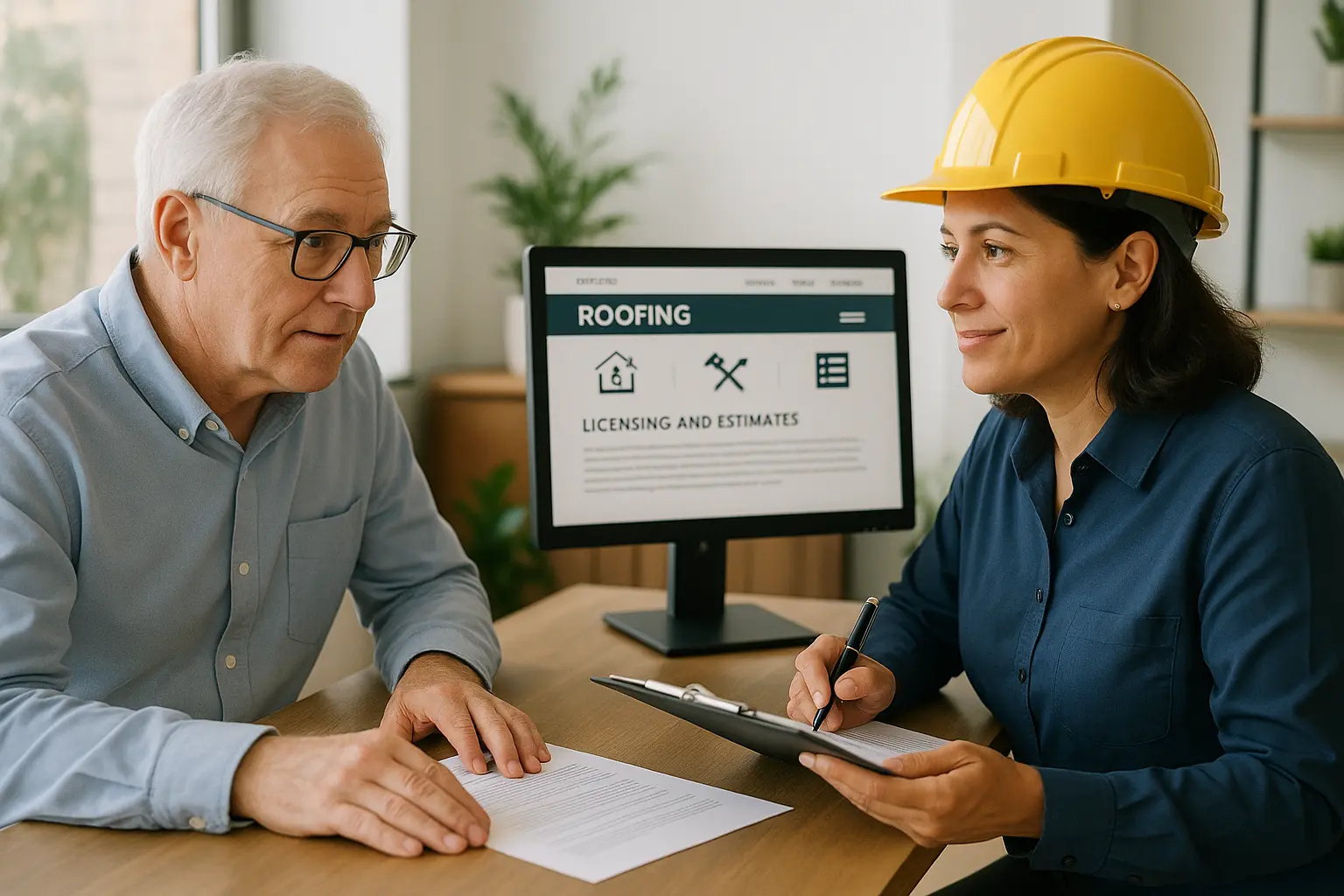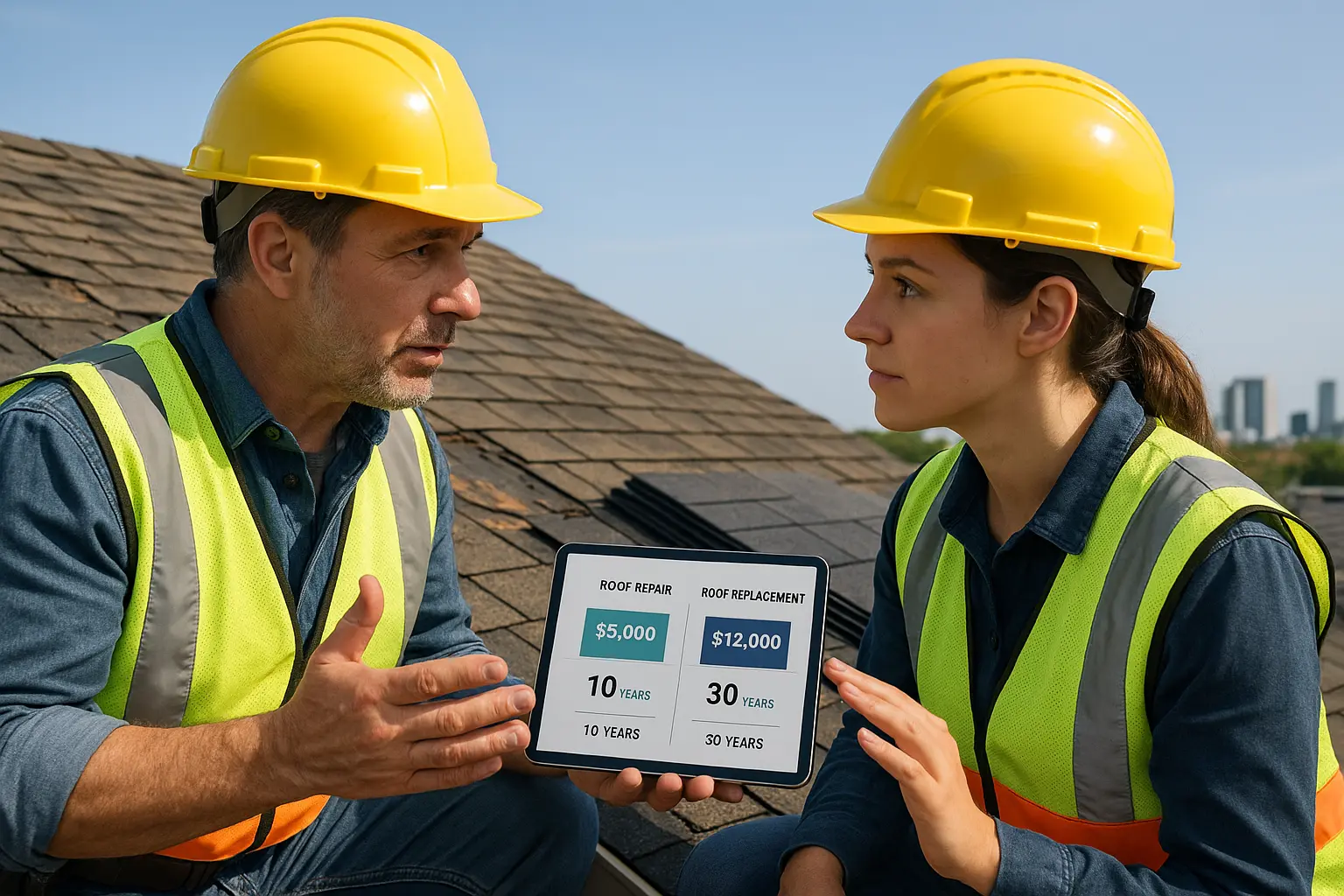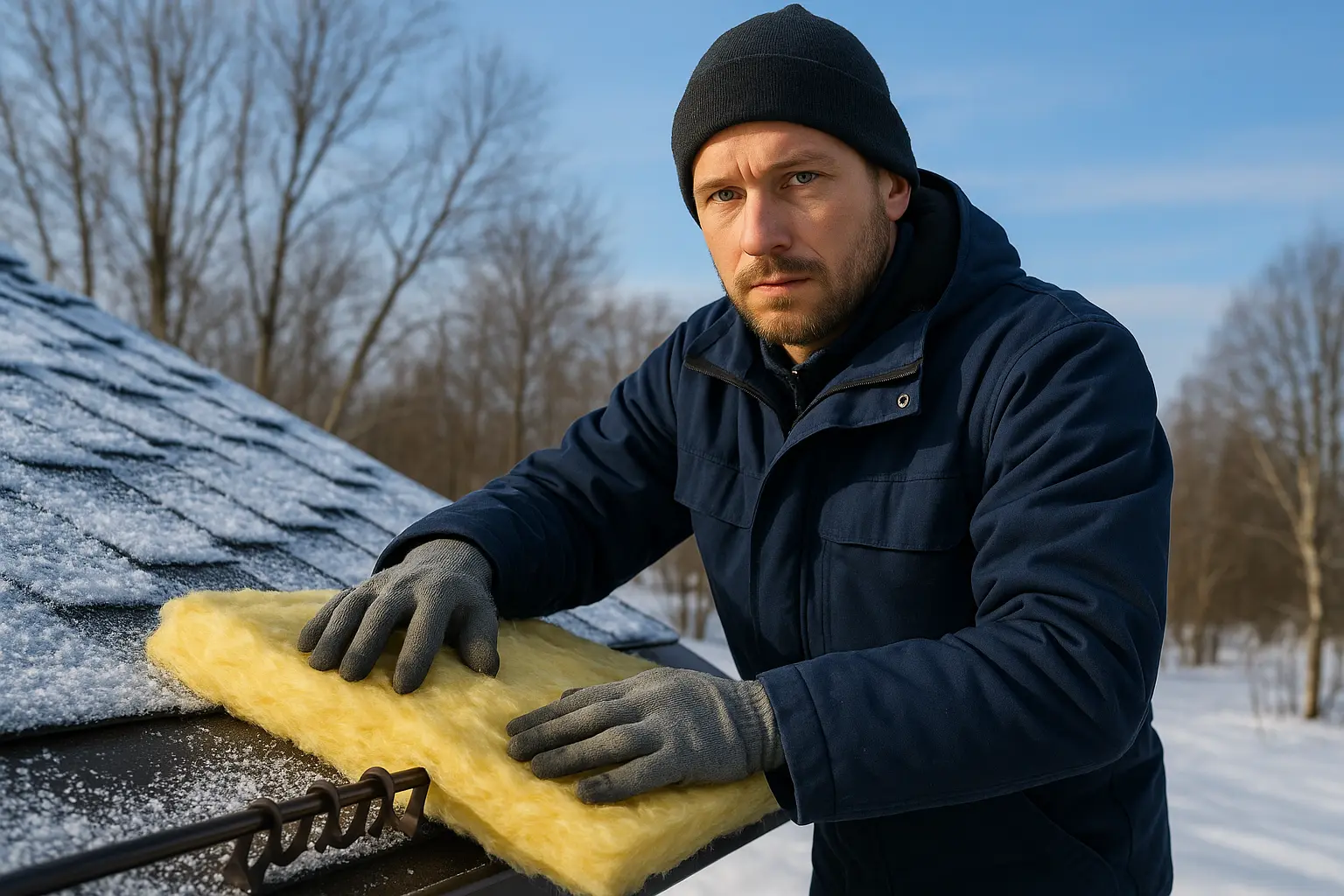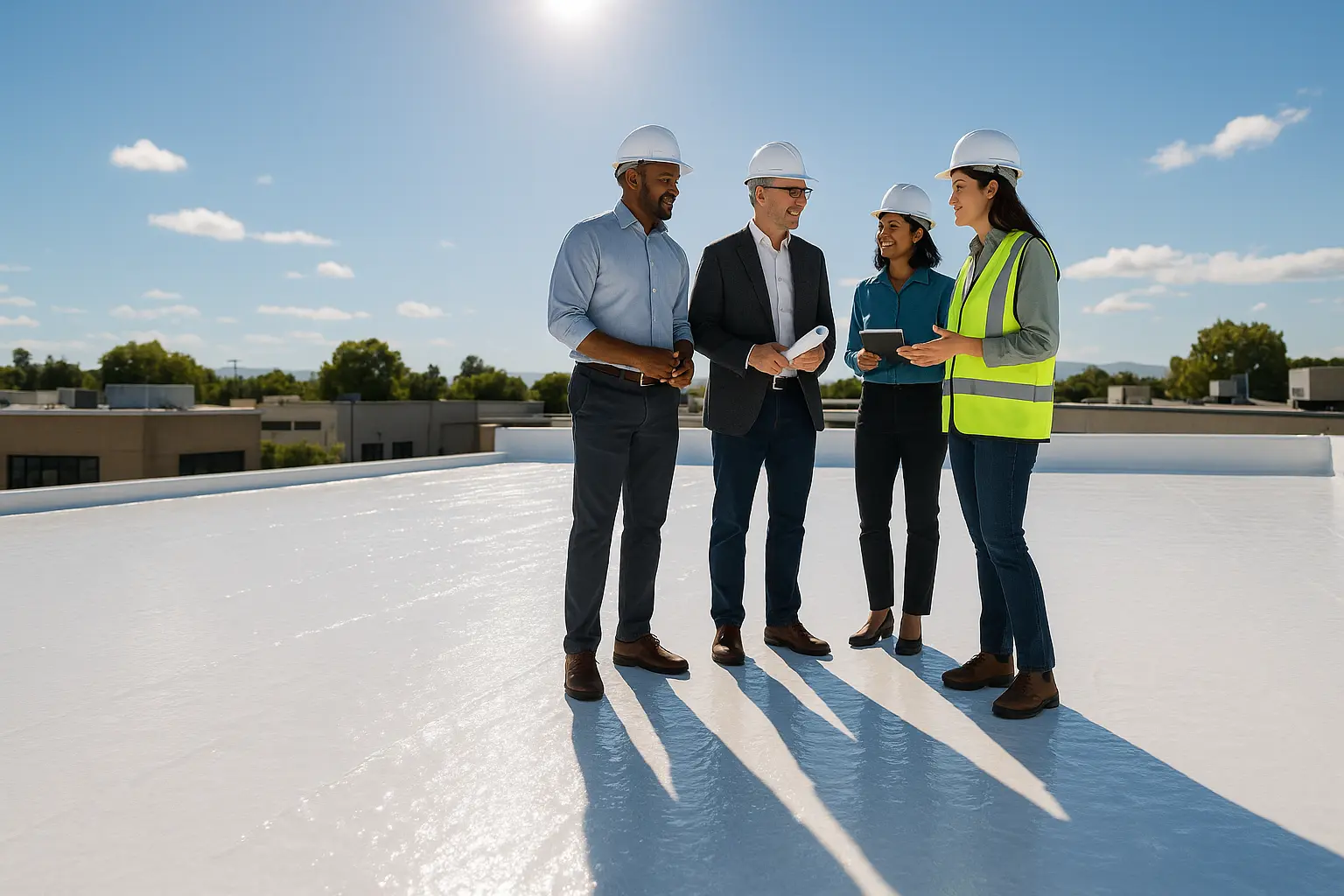Retrofitting: A Key to Reviving Historic Roofs
Old houses carry an unmistakable allure and a storied past. Their roofs, in particular, tell a tale of craftsmanship that spans generations. Caring for these roofs goes beyond simple repairs—it involves a respectful blend of tradition and modern know‐how. Whether your goal is to preserve the vintage look or to upgrade structural elements with careful retrofitting, successful roof care is vital to sustaining your home’s charm and long‐term security. Every repair and maintenance decision you make not only helps protect your property but also honors an era when every element was built with care and pride.
Approaches such as retrofitting have proven to be excellent solutions for merging new technology with age-old architecture. Homeowners who understand the benefits of retrofitting can enhance both the performance and historical impact of their residences. This practice ensures that your old home roof maintenance remains effective and true to its roots even as modern methods are introduced.
Assessing Your Roof’s Condition
retrofitting Techniques by Experts
Before embarking on any repair or upgrade, a detailed assessment of your roof is essential. Start by observing the overall condition from a safe distance, or use proper ladders and safety gear to get a closer look at tricky spots. Examine each section for missing or damaged shingles, uneven surfaces, discolorations, and any unusual signs such as algae, moss, or water stains. If you spot dark patches on the roofing material, this could signal issues like dampness or microbial growth, which may compromise the structure.
An experienced eye is indispensable when evaluating these common setbacks. Many seasoned experts advocate for retrofitting practices that combine traditional inspection methods with modern technology. For instance, infrared scanning and moisture meters can reveal hidden problems not visible to the naked eye. Remember that old home roof maintenance depends on both careful observation and the ability to switch to retrofitting methods when needed.
Historical Material Considerations
Older homes showcase roofing materials like slate, wood, or clay tiles, each carrying its own historical narrative and preservation challenges. Slate roofs, admired for their natural elegance and strength, can develop cracks when exposed to harsh weather or prolonged pressure. Even a tiny fissure may allow water to seep in, eventually resulting in more severe damage. Here, the careful application of retrofitting concepts can help seal these vulnerabilities while respecting the slate’s classic appeal.
Wood roofs add warmth and a timeless character, yet they are prone to rotting and pest invasions if not looked after with regular care. It is important to use non-intrusive treatments and consider retrofitting options that boost wood’s resistance to decay without altering its historic look. Meanwhile, clay tiles exude a rustic charm but can easily shatter under impact. In all these cases, maintaining authenticity while also upgrading the roof through retrofitting techniques ensures that repairs blend seamlessly with original materials.
Identifying Common Problems
The challenges faced by older roofs often include leaks, water damage, and compromised structural integrity. Many of these issues can start inconspicuously—a damp spot in the attic, subtle water stains on interior ceilings, or even a faint musty odor. Early signs of damage are critical to recognize, as they can be remedied before turning into extensive problems.
Leaking, in particular, can wreak havoc if unchecked. A modest leak might gradually weaken support structures, leading to widespread deterioration. By incorporating retrofitting methods early, homeowners can add modern waterproofing layers that blend with the roof’s historic appearance. This approach not only minimizes repair costs but also preserves the essence of old home roof maintenance.
Choosing the Right Repair Approach
Deciding between professional intervention and DIY solutions is one of the biggest challenges in preserving a historic roof. For minor tasks such as cleaning gutters or brushing off debris, a hands-on approach works well. Regular upkeep can catch early markers of damage, reduce moisture buildup, and lessen the burden on your roof system. Even while handling these tasks, thoughtful retrofitting measures can be applied incrementally to extend the roof’s life without compromising its look.
However, when dealing with significant repairs or restoration projects, seeking out professionals who specialize in historic properties is essential. These experts not only have an intimate understanding of traditional materials but also know when to apply modern retrofitting techniques. Their specialized skills can ensure that every repair respects the original design while integrating improvements that safeguard against future wear.
Professional Roofing Services
The services provided by certified roofers go beyond mere patchwork. They conduct deep assessments that consider both visible damage and potential hidden problems. Professionals can blend old repair methods with retrofitting innovations, tailoring solutions to the unique challenges of historic roofs. When they assess the roof’s features, these specialists work hard to preserve the aesthetics of the home while reinforcing its structural health.
For example, if a damaged slate section needs repair, a professional might source similar material that matches the original layout. They may then apply retrofitting measures that offer extra protection against future weather extremes without compromising historical integrity. This balance between old-fashioned craftsmanship and modern enhancements lies at the heart of successful restoration.
DIY Maintenance Tips
Homeowners who prefer to manage repairs themselves can still make a big difference in the longevity of their roofs. Regular tasks like cleaning gutters, removing accumulated debris, and trimming overhanging branches help prevent moisture buildup. These simple actions are crucial for old home roof maintenance. When doing these tasks, consider integrating retrofitting ideas, such as temporary sealing or protective coatings that can easily be upgraded later by a professional.
Always take safety seriously. Use non-slip footwear, a firmly placed ladder, and tools with long handles so you don’t have to get too high. A well-planned routine check can reveal minor issues early, such as worn seals around chimneys or skylights. Recording these observations and comparing notes over time can help you spot trends. This methodical approach, combined with occasional retrofitting enhancements, ensures that your roof gets the attention it deserves.
Balancing Cost and Preservation
Caring for a historic roof requires a delicate balance between affordability and authenticity. Investing in robust repairs helps protect your home from further damage. Yet, maintaining the original look adds to the property’s historical value—a factor that becomes increasingly important when it comes time to resell or secure preservation grants. Combining traditional repair methods with retrofitting solutions can meet both needs.
Modern materials crafted to replicate classic ones can offer enhanced durability with lower maintenance needs. Synthetic slate or clay, for example, can mimic the look of the originals while standing up better to weather. Many homeowners now see the benefits of retrofitting techniques to fortify their roofs without sacrificing character. This strategy can be more cost-effective in the long run, preserving the unique charm of your home while offering modern resilience.
Implementing Preventive Measures
Preventive care is the cornerstone of keeping an aging roof in top shape. A well-planned schedule—ideally with checks during spring and fall—can slot in perfectly with old home roof maintenance routines. Each season brings its own challenges: the spring showers may encourage moss buildup, while autumn can leave behind heaps of debris that clog drainage pathways. Incorporating retrofitting strategies during these inspections can enhance durability and prevent surprises later.
Keep an eye out for issues like displaced shingles or compromised flashing. A well-documented checklist can guide your routine inspections and help you determine when retrofitting methods are needed to reinforce weak spots. Maintaining the integrity of the roof’s drainage system is critical. Unobstructed gutters and downspouts allow water to flow freely, and periodic upgrades using modern sealants and retrofitting techniques can add an extra layer of security.
Proper Ventilation
Ensuring that your attic and roof are well-ventilated is another major factor in prolonging the life of an older roof. Without proper airflow, heat and moisture can build up, accelerating the wear and tear on the structure. This build-up can lead to mold growth and even weaken wooden components over time. By integrating retrofitting methods—like installing advanced venting systems—you can help maintain optimal temperature and moisture levels throughout the year.
Installing ridge vents, soffit vents, or even attic fans can dramatically improve air circulation. These measures allow hot, damp air to escape while drawing in cooler, drier air. A properly ventilated roof functions more efficiently, reducing the risk of condensation and other moisture-related issues. In addition, creating a balance between original ventilation designs and retrofitting innovations can improve energy efficiency and extend the overall life of your roof.
Weatherproofing Strategies
Older roofs face constant exposure to harsh climatic challenges—whether it’s heavy rain, snow, or intense sunlight. Implementing weatherproofing strategies is essential to guard against these elements. High-quality sealants play a key role in this process. They form a protective barrier that wards off water and minimizes damage from UV rays. Combining these sealants with retrofitting techniques, such as applying modern moisture barriers, gives your roof a fighting chance against nature’s assaults.
Upgrading insulation beneath your roof is another smart move. Modern materials not only help regulate indoor temperatures but also provide additional protection against moisture. In storm-prone regions, reinforcing vulnerable areas with extra protective layers through retrofitting helps prevent significant damage. These approaches allow you to keep the look of your historical materials while offering the benefits of modern technology.
Furthermore, installing weather-resistant membranes can serve as a backup shield. These membranes divert water away from sensitive spots and reduce the risk of leaks causing interior damage. By embracing a blend of traditional craftsmanship and retrofitting trials, you can equip your roof with a robust defense against even the most challenging weather conditions.
Conclusion
The upkeep of a historic roof blends careful preservation with modern improvements. Starting with a detailed assessment—from visual checks to technological scans—you can pinpoint potential issues before they escalate. By understanding the unique challenges present in materials like slate, wood, and clay, homeowners can implement targeted repair and maintenance strategies that respect the original design.
Whether you decide to tackle smaller tasks on your own or opt for expert guidance, the key is to stay proactive. Incorporating thoughtful retrofitting practices not only boosts the roof’s durability but also preserves the timeless charm of your home. Affordable yet effective methods—ranging from modern sealants and insulation to strategic ventilation—ensure that repairs align with your home’s historical character and practical needs.
Regular inspections, prompt repairs, and integrated retrofitting solutions all contribute to a strategy that protects your investment for the long haul. Old home roof maintenance, when managed with care, preserves not just a structure, but a legacy—a tribute to the craftsmanship of the past combined with a readiness for tomorrow’s challenges.
Ultimately, the decision to care for an aged roof is a commitment to preserving history. With careful planning, timely upgrades, and periodic incorporation of retrofitting methods, your roof will continue to serve as a steadfast guardian of your cherished home. Every repair, every inspection, and every modern enhancement contributes to ensuring that this historical treasure stands strong for generations to come.

